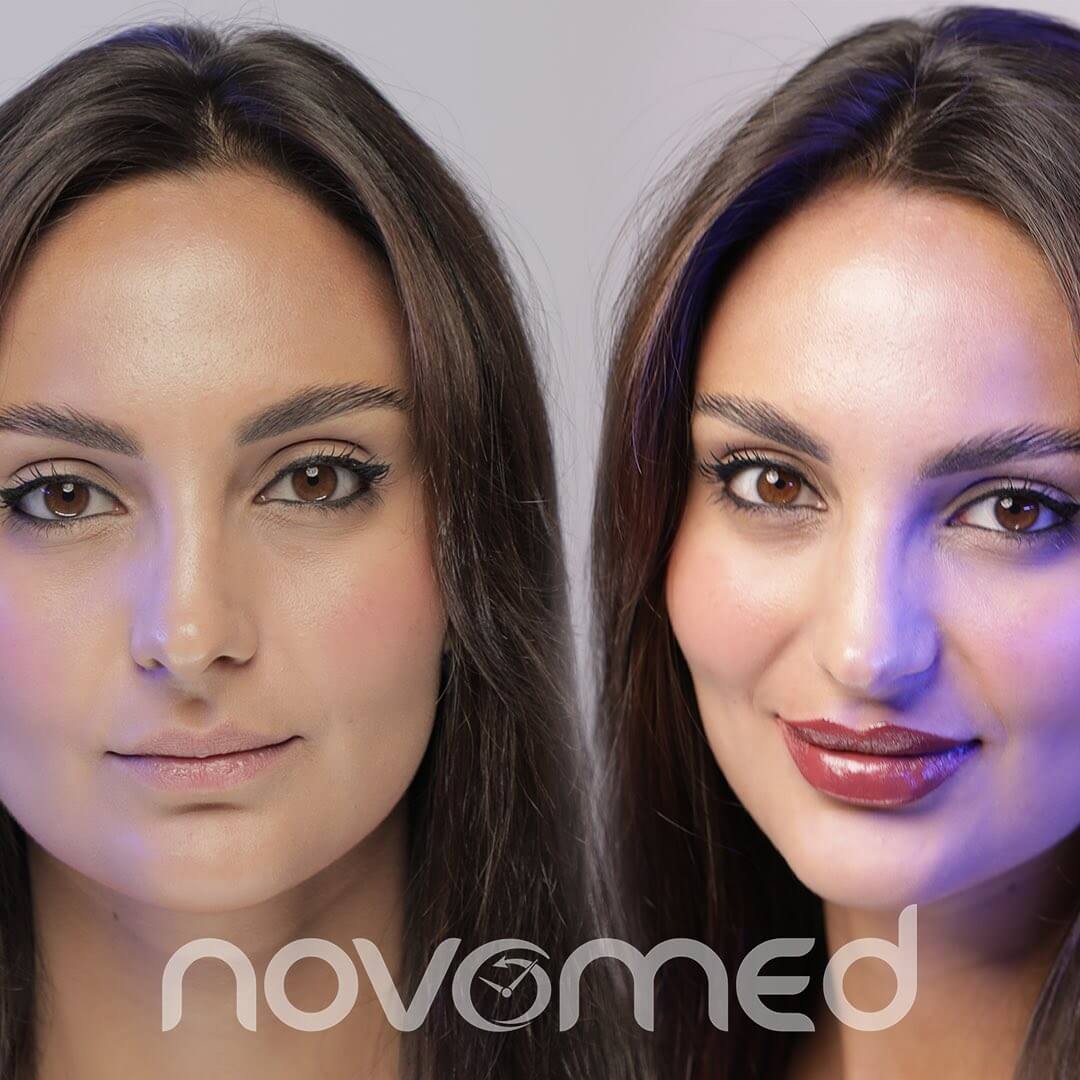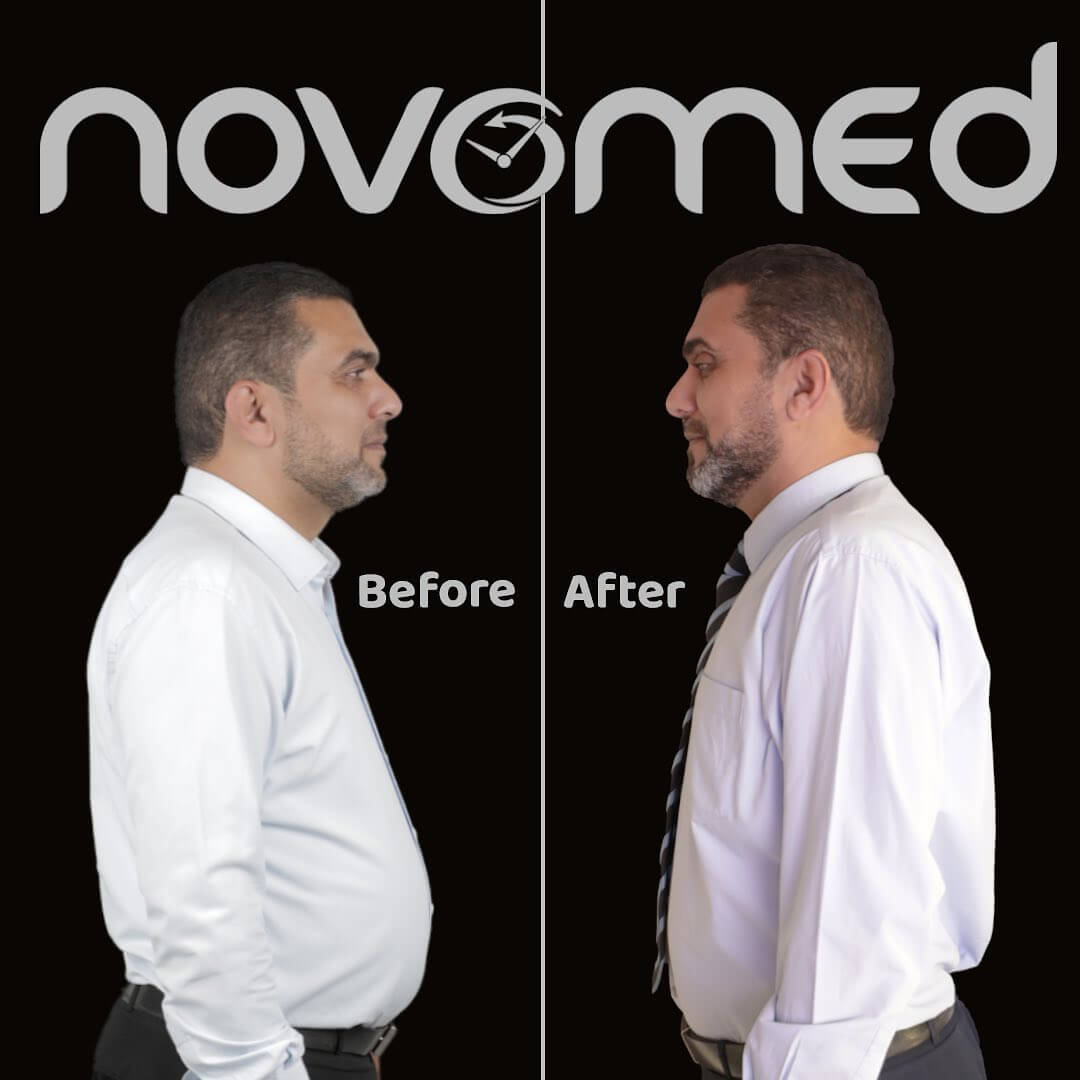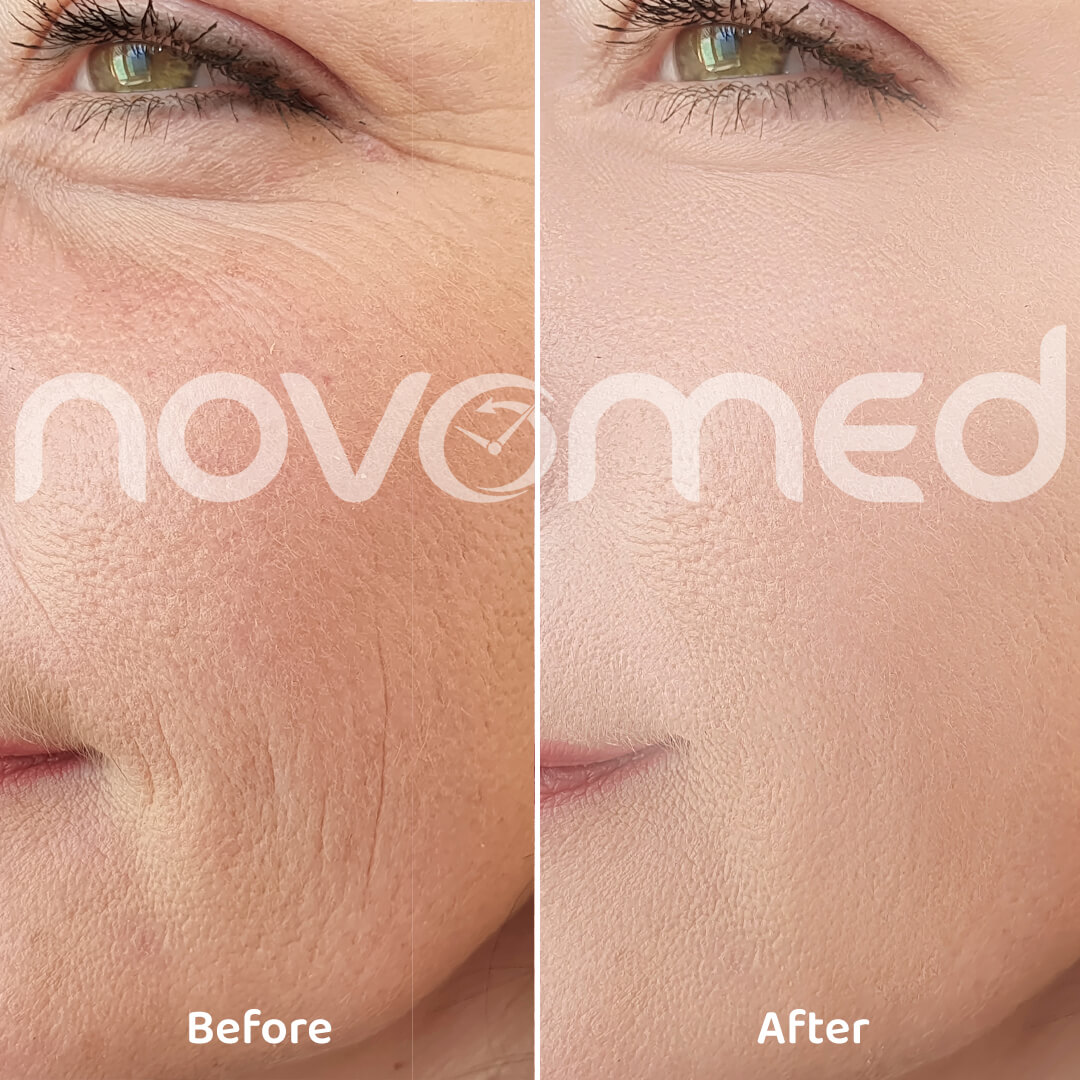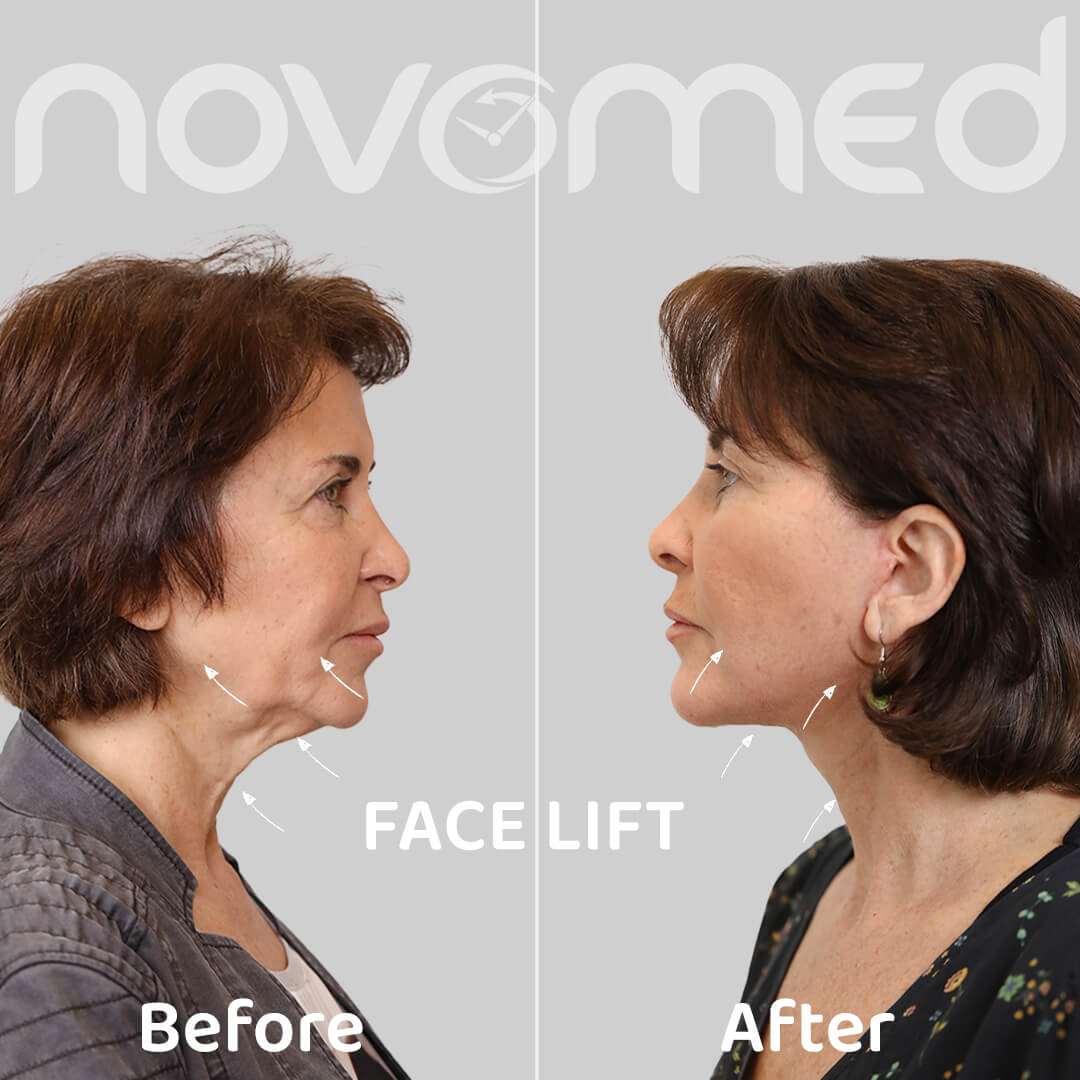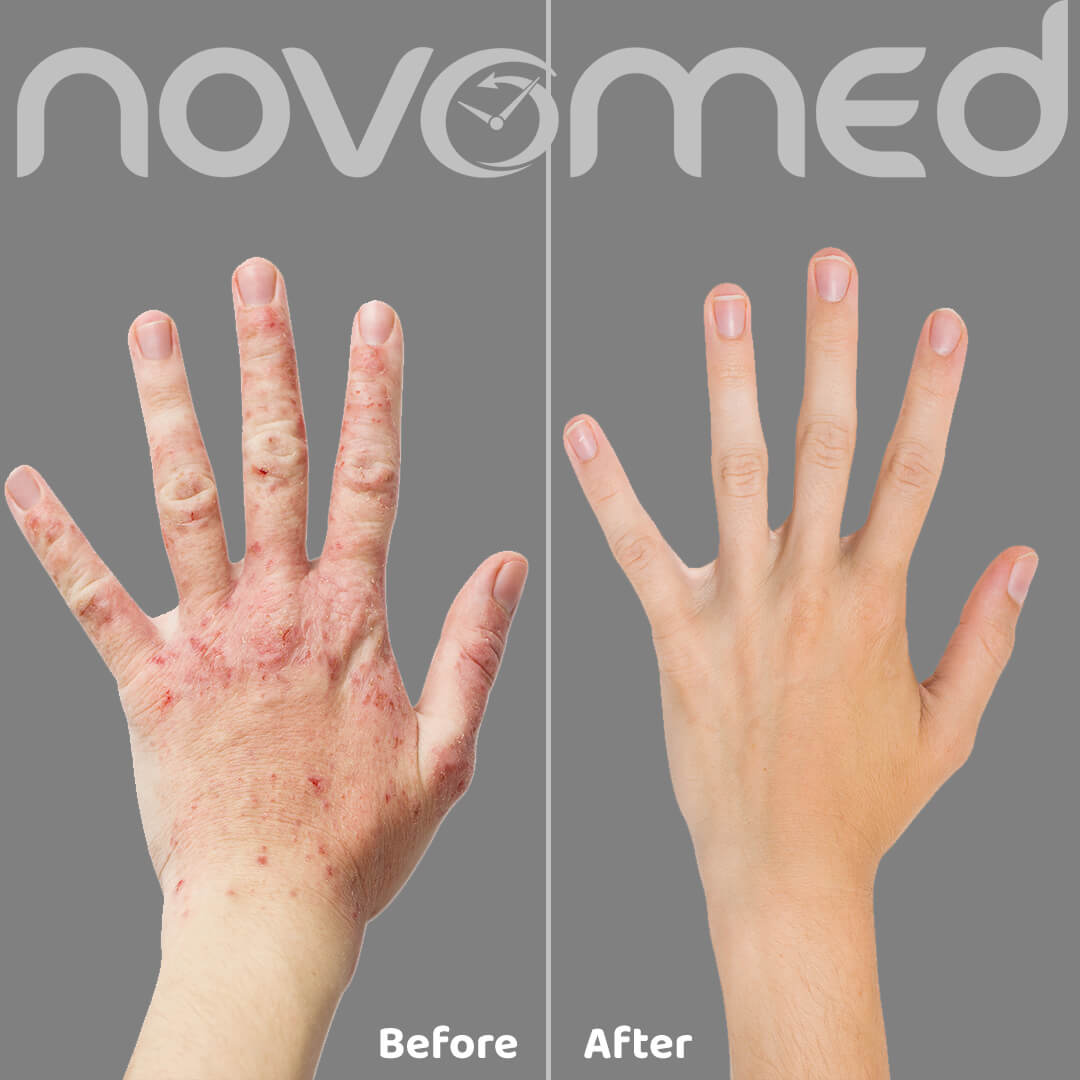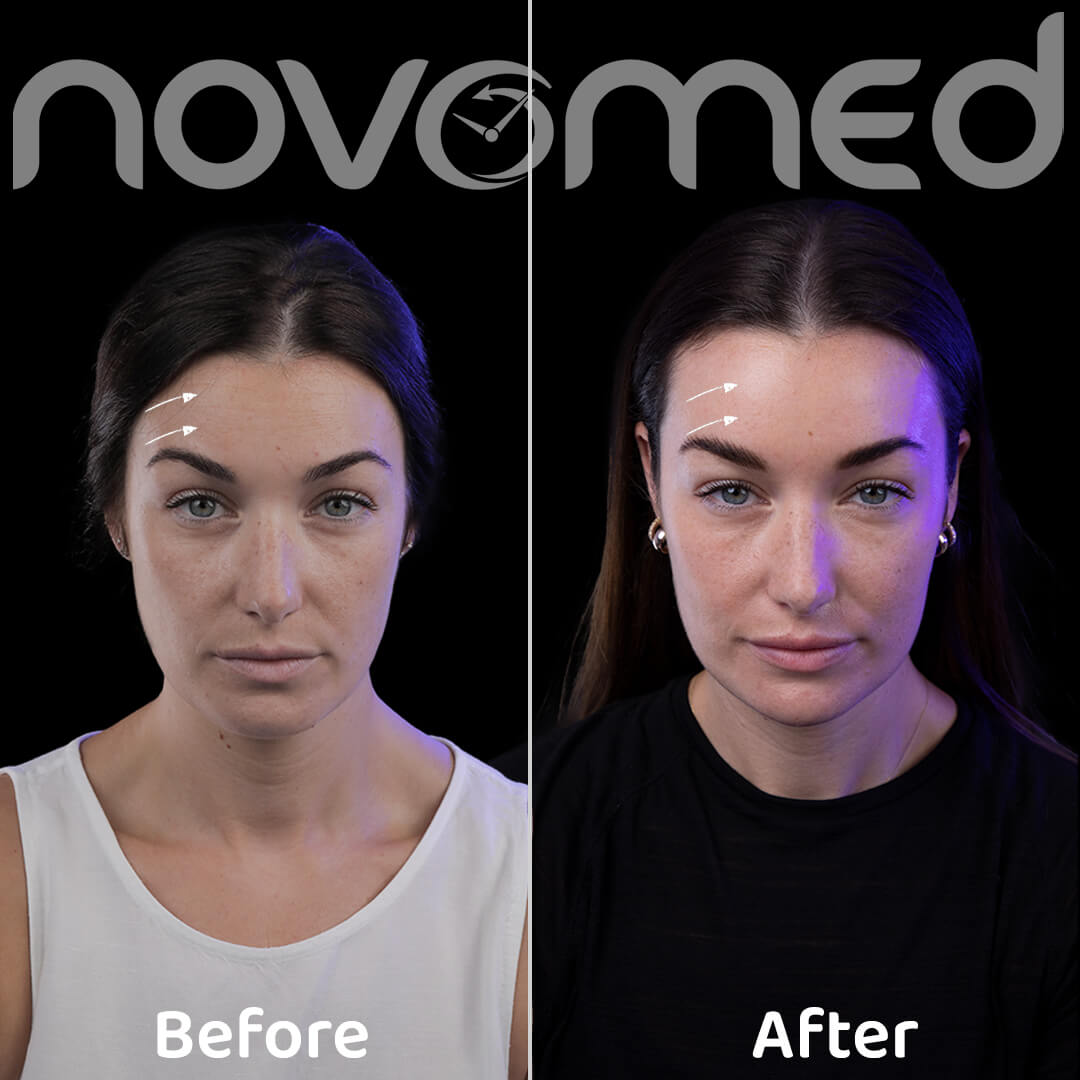What is migraine?
Migraines may cause pulsing pain or a throbbing sensation and is usually confined to one side of the head. It is often accompanied by nausea, vomiting, and hypersensitivity to light and sound. Migraine attacks can cause intense pain for hours or days and can interfere with your daily activities.
Medicines may prevent some types of migraines and make them less painful. A combination of appropriate medications, self-help treatments and lifestyle changes may help.
What are the symptoms of migraine?
Migraines – which often begin in childhood, adolescence, or early adulthood – can occur in four phases: prodrome, aura, attack and postdrome. Not everyone who has had a migraine goes through all these stages.
Prodrome
A day or two before a migraine, you may notice subtle changes that warn of an upcoming migraine, including:
- A stiff neck
- Frequent yawning
- Constipation
- Mood changes, from depression to high
- An urgent desire to eat some types of food
- Increased sense of thirst and urge to urinate
Aura
For some, aura occurs before or during a migraine. Aura is a reversible symptom of the nervous system. It is usually visual, but it can also involve other disturbances. Each symptom usually starts gradually, increases over several minutes and lasts for 20 to 60 minutes.
Examples of migraine aura include:
- Visual phenomena, such as seeing multiple shapes, bright spots, or flashes of light
- Vision loss
- Difficulty speaking
- Hearing noises or music
- Feeling of pricking needles and pins in an arm or leg
- Weakness or numbness in the face or one side of it
- Shaking movements or other involuntary movements
Attack
Migraine headaches usually last 4 to 72 hours unless treated. The number of times migraines occur varies from person to person. Migraines may be rare or frequent several times a month.
Migraines may include:
- Pain on one side of your head, but often on both sides
- Pulsing or throbbing pain
- Sensitivity to light and sound, and sometimes to smells and touch
- Nausea and vomiting
Postdrome
After a migraine, you may feel exhausted, confused and out of focus for a day. While some people reported feeling elated. A sudden movement of the brain may bring back pain for a short time.
Migraine triggers
There are several migraine triggers, including:
- Hormonal changes in women. Fluctuations in the estrogen hormone, such as before or during menstrual periods, pregnancy and menopause, seem to cause headaches for many women. Hormonal medications, such as oral contraceptives and hormone replacement therapy, can worsen migraines. However, some women find that migraines occur less frequently when taking these medications.
- Drinks. These drinks include alcohol and coffee.
- Stress. Stress at work or at home can cause migraine.
- Sensory stimuli. Bright lights and sunlight can trigger migraines, as can loud noises and strong odors, including perfumes, paint thinners, negative smoking, and others.
- Sleep changes. Lack of sleep, getting too much sleep can trigger migraines in some people.
- Physical factors. Intense physical exertion, including sexual activity, may trigger migraine.
- Climate change. A change in weather or barometric pressure can trigger a migraine.
- Medications. Oral contraceptives and vasodilators can worsen migraines.
- Foods. Old cheeses, salty foods, and processed foods can trigger migraines.
How is migraine treated?
The goal of treating migraine is to stop symptoms and prevent future attacks.
Several medications are designed to treat migraines. Medicines used to combat migraines fall into two main categories:
Pain-relieving medications
Medicines used to relieve migraine pain work best when they are taken as soon as signs and symptoms of a migraine appear. Medicines that may be used to treat it include:
- Pain killers. Medicines that relieve migraine pain that consist of caffeine, aspirin, and acetaminophen may work, but they are usually effective against moderate pain from a migraine.
- Triptans. These are prescription medications such as sumatriptan and rizatriptan that are used to treat migraine as they block pain pathways in the brain. Whether taken as pills, injections or nasal sprays, these medications can relieve many of the symptoms of migraine.
- Dihydroergotamine drugs (D.H.E. 45, Migrenal). They are available as a nasal spray or injection and are most effective when taken shortly after the onset of migraine symptoms, and in migraine cases that last longer than 24 hours. People with coronary artery disease, high blood pressure, or kidney or liver disease should avoid dihydroergotamine.
- Anti-nausea drugs. These drugs may help if the migraine is accompanied by aura and leads to nausea and vomiting. Anti-nausea drugs include chlorpromazine, metoclopramide or prochlorperazine and are usually taken with a pain reliever.
Preventive medications
Medicines can help prevent recurring migraines. Your doctor may recommend some preventative medication if you have frequent, prolonged, or severe headaches that do not respond well to treatment.
- Medicines to reduce blood pressure. These medications include beta blockers such as propranolol. Calcium channel blockers such as verapamil may be helpful in preventing the migraine associated with aura.
- Antidepressants. The tricyclic antidepressant (amitriptyline) might prevent migraine.
- Anti-seizure drugs. Valproate and topiramate may help reduce the incidence of migraines, but they may cause side effects such as dizziness, weight changes, nausea, and more.
- Botox injections. Injections of botulinum toxin type A (botox) when given approximately every 12 weeks may help prevent migraine in some adults.






